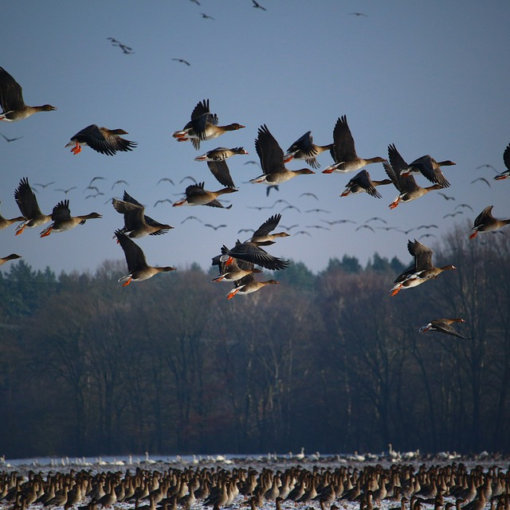
Many ethologists do not agree with the possibility of recognizing forms of intelligence in animals. However, we cannot deny they show “intelligent” behaviors aimed at achieving particular adaptations to the environment. Just take into consideration what the members of the order of the Hymenoptera, the so-called social insects, are able to do. We refer, in particular, to the development and specialization of behaviours that allow individuals of a given species to create an organized form of community life.
Indeed, a single social insect exhibits no more complex or ingenious patterns of behaviour than any single solitary insect; neither of the two can therefore be defined as more intelligent than the other. The complex behaviors that characterize social life manifest themselves in the intertwining of simple individual schemes which, thanks to the communication established between each member of the community, are amplified, almost rising to the rank of “intelligence”.
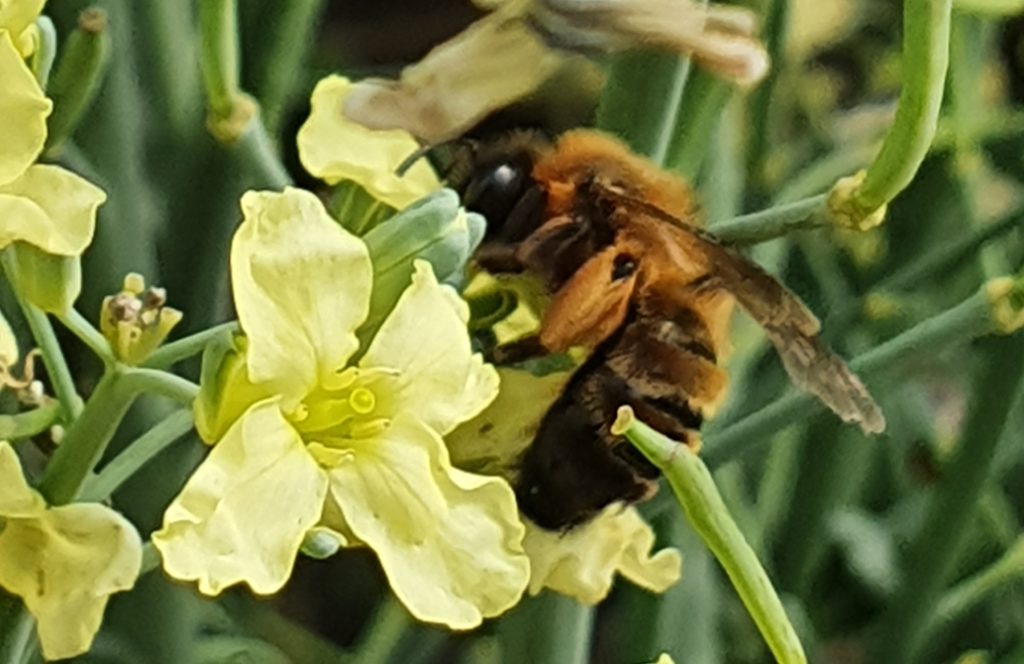
The ways of communication typical of social insects are the most varied; almost all systems rely on chemical signals: pheromones. Visual cues, as well as tactile ones, are, on the contrary, generally rare and simple. Among the first, we can remember the well-known “swinging dance” of the domestic bee, performed by the explorers to indicate to the foragers the location of new sources of supply.
Insect societies, in their apparent perfection and high degree of organization, have a particular aspect. It is as if single individuals did not exist as such: it is the group as a whole that counts and that ends up appearing and behaving as a single individual, a “super-organism”.
It is surprising how many parallels can be established between an insect society and an individual: both are made up of parts; the individual is made up of organs, and the animal community of individuals.
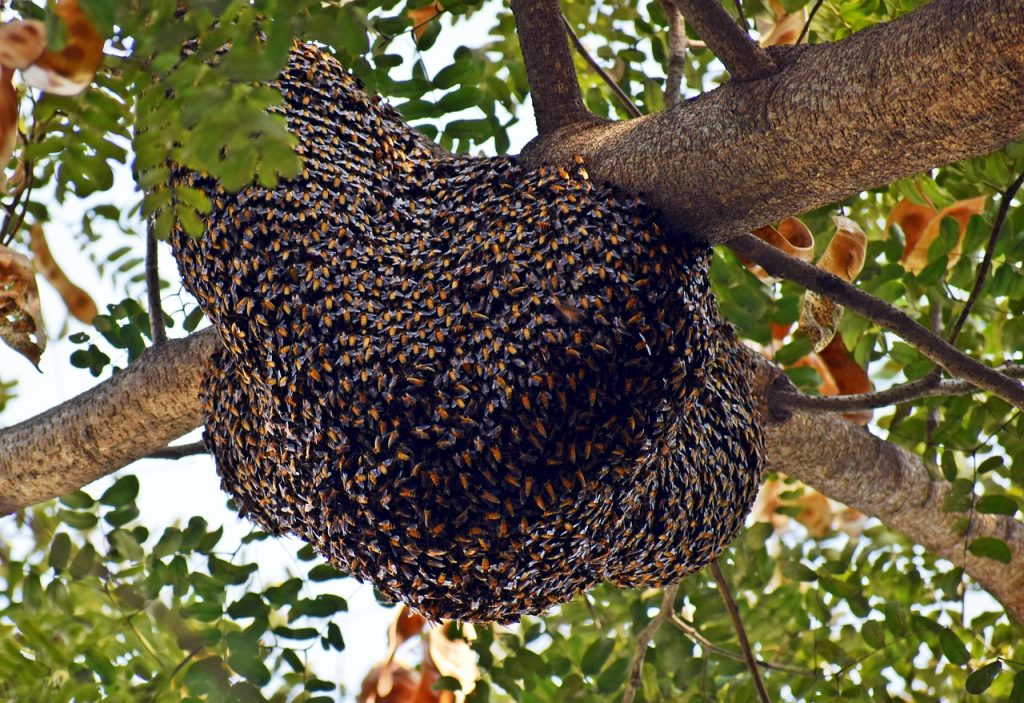
The division of labour exists both between the organs and between the individual members of such a society, and this cooperation of the parties for the benefit of the whole returns, consequently, to the benefit of the parties themselves. In exchange for the objective advantages gained from being together, the individual constituent elements in turn give something, thus losing part of their sovereignty and their ability to live alone.
The apparent, absolute perfection resulting from this cooperation was obviously achieved gradually over the course of evolution. In-depth studies on numerous species of the same order of the Hymenoptera have made it possible to discover a great variety of relationships between individuals that can be ordered according to an increasing scale of complexity: starting from the species in which the mother insect simply disperses its eggs in the environment, to move on to those that provide them with a protective nest, and then gradually to the species in which the same mother remains with the eggs and the offspring to feed them, to finally reach the species in which the progeny is not only protected and fed by the mother but cooperates with this in bringing up the following generations: this leads to a true form of social behavior.
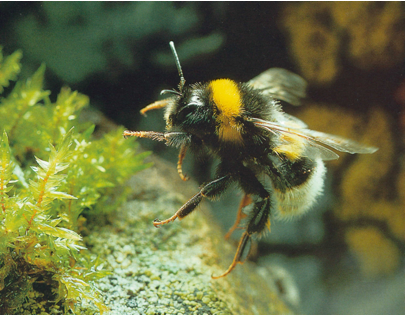
The fundamental characteristic, which is the basis of all insect societies, is therefore the mother-egg relationship. The societies of Hymenoptera, divided into “social strata” or “castes”, be they of ants, bees, or wasps, all have one or a few fertilized females as their “belonging basis”. Even in the highest and most studied social organizations, such as that of honey bees, the whole social pyramid rests on the presence of a queen mother, the only fertile female, whose irreplaceable task consists in continuously supplying this city-state with new individuals and new workers which are needed to maintain such a structure.
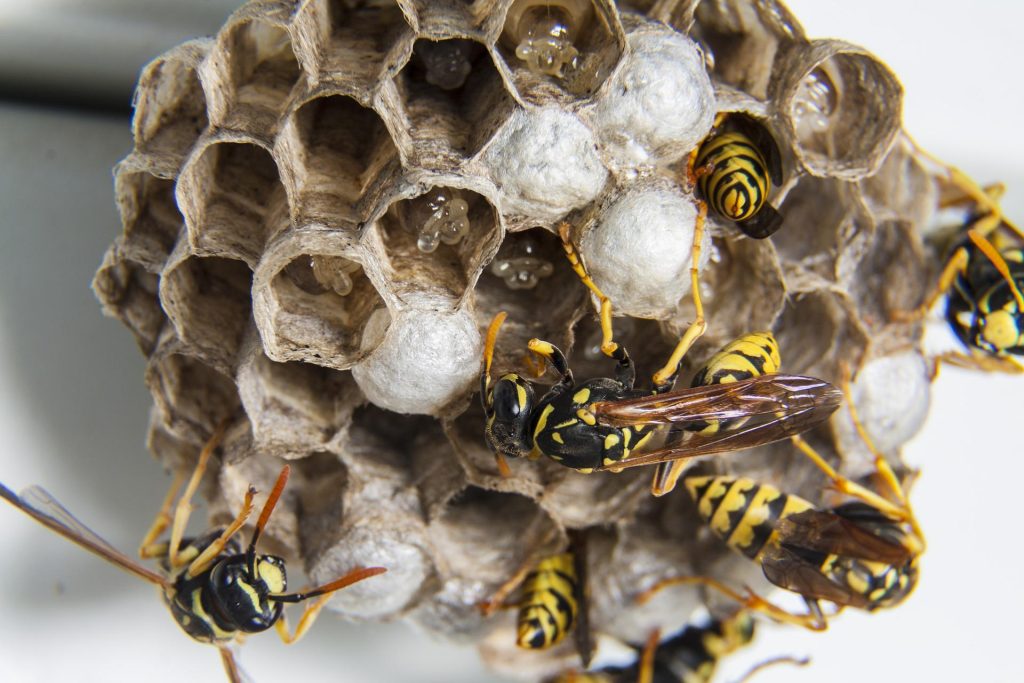
In the most advanced types of society there is a perfect division of labour, which can also vary throughout the life of each individual. The example still comes from bees: from the moment of flickering, a worker remains inside the hive for the first days of life; here it first devotes itself to the nutrition of the worker larvae, then it takes care of the construction of the combs, the cleaning of the hive and the nutrition of the queen. So it goes outside and spends the rest of its short life (about 4-6 weeks) dedicating itself to gathering supplies.
The different insect societies can have a limited duration in time (one year, for example, as happens in social wasps or bumblebees), in which case at the end of the good season only the fertilized queens survive in order to perpetuate the species in the following year; or, as in various species of bees and ants, to remain stable for several years with new queen-mothers, who from time to time replace the old ones or give rise to new colonies.
Credits
Author: Anna Lacci is a scientific popularizer and expert in environmental education and sustainability and in territory teaching. She is the author of documentaries and naturalistic books, notebooks and interdisciplinary teaching aids, and multimedia information materials.
Translation by Maria Antonietta Sessa

